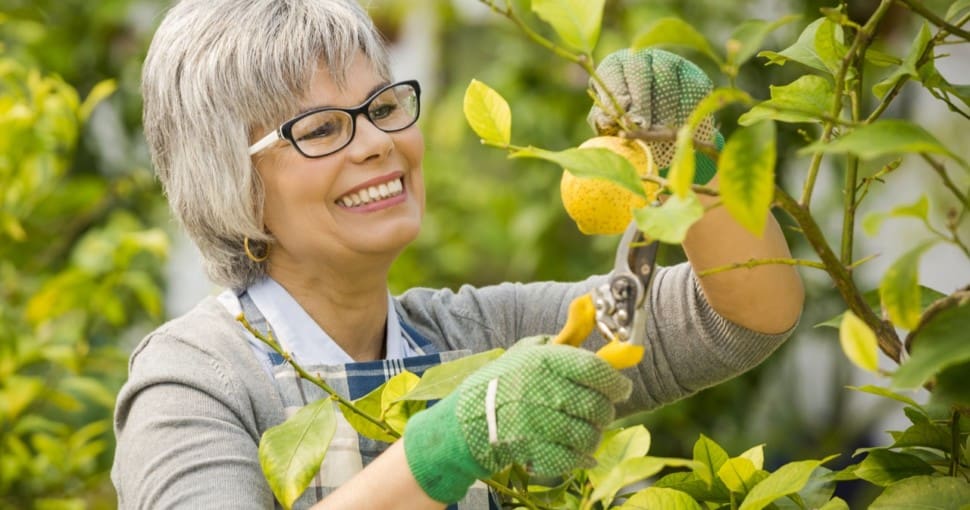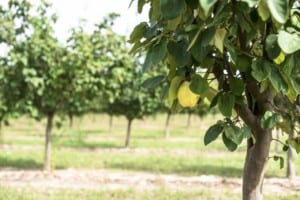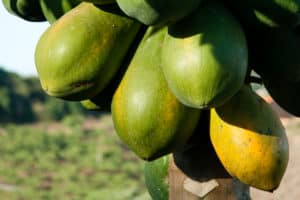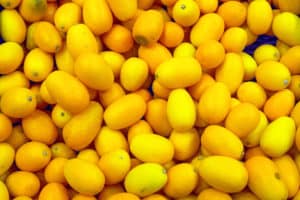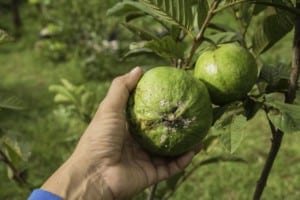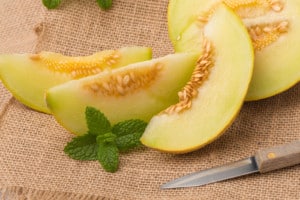Lemons are an excellent fruit. They are versatile and add a burst of flavor to any dish they are used in. You can use everything, including the zest, juice, and flesh of lemons. Lemons are a great addition to sweet and savory dishes and pair amazingly well with seafood. Lemons are best enjoyed fresh off the tree. When are lemons in season?
Contents
Lemons are one of the few fruits harvested year-round, given the right circumstances. If there is sufficient water, a lemon tree can have blossoms and ripe fruit at the same time. However, lemons are mainly a winter fruit, and they are therefore primarily harvested in January.
When Are Lemons In Season?
Lemons, like most citrus, is a fruit that is in season in wintertime. Lemon trees usually flower in the springtime. The fruit can ripen at any time during the tree’s flowering stage which can last between four and twelve months However, most fruit will grow in the summertime. The lemons will turn from green to yellow in the fall months and are ready to harvest in winter.
Lemons are primarily cultivated in the states of California and Arizona, as these two states have the best temperatures for growing lemons.
What’s interesting about Lemons is that they can be harvested all year. So if the lemon trees are not exposed to extreme cold or drought, they will bloom and produce fruit all year.
There are four varieties of Lemons that are commonly cultivated.
- The Eureka Lemon
- The Lisbon Lemon
- The Meyer Lemon
- The Bearss Lemon
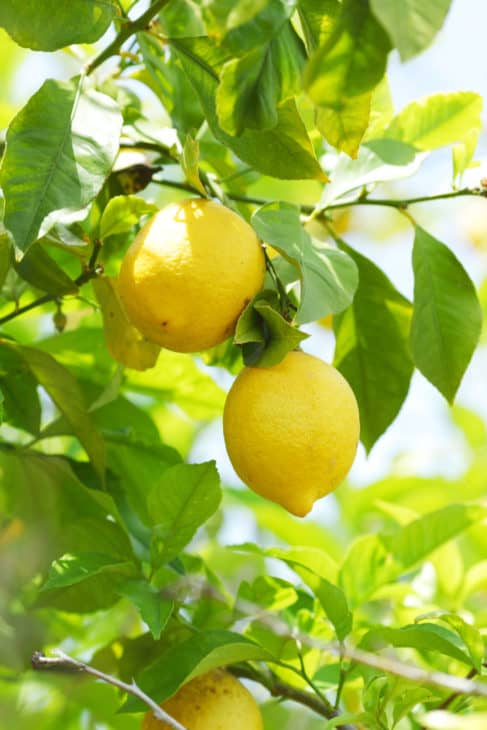
Of these varieties, Lisbon lemons are the most inclined towards producing fruit all year round. Meyer lemons are the newest variety of these lemons and is actually a cross between a lemon and an orange.
Commercial farmers will likely create a dry season to ensure the lemons don’t carry fruit all year and have a more regular harvest season. However, if you provide your lemon tree with sufficient water and protect it from freezing, you can harvest lemons all year.
How Do You Tell If Lemons Are Ripe?
A ripe lemon is easy to spot. Once it has turned bright yellow, it is ready for harvest. However, lemons do continue to ripen once they have been picked. Therefore, you can pick lemons slightly underripe and ripen them inside. You can simply leave them on a counter until they have turned yellow. You should do this if you live in an area that gets frost.
Interestingly, lemons can also be harvested when they are green. Once they reach a diameter of 2 inches, they can be harvested, regardless of their ripeness. Green lemons will have a taste like lemons. However, if you wish to use the zest of lemons, it is better to wait for the lemons to turn yellow.
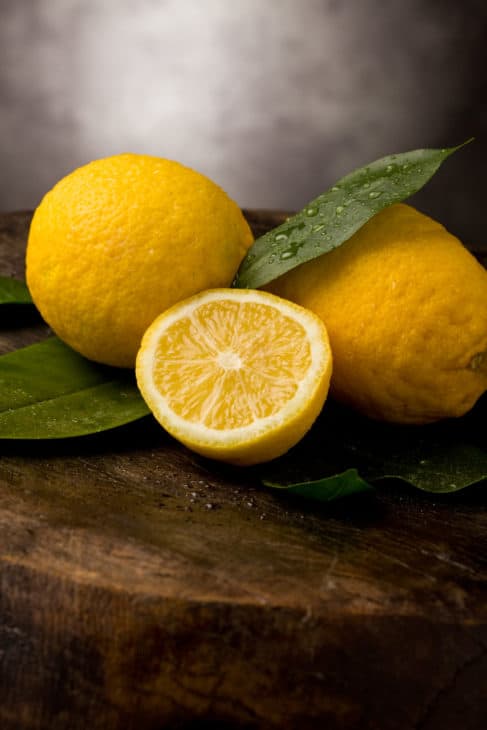
Green lemons will continue to ripen once they have been harvested. Therefore, you could easily pick your lemons while they are still green.
Lemons also continue to ripen on the tree for an extended time without starting to rot. This adds to the long harvesting period of lemons.
Can You Eat Unripe Lemons?
Yes, you can eat unripe lemons. Once the lemons reach a diameter of 2 inches, they are safe to eat and will not harm you. Lemons that are slightly green or light green can be harvested to ripen off the tree.
However, unripe lemons do not taste as good as ripe lemons. They have a bitter taste and are usually not as juicy as ripe lemons. You also shouldn’t harvest lemons while they are still dark green because they are still too immature at this stage and will not ripen properly.
Don’t confuse green lemons with limes. While limes may look similar, they are entirely different fruit, and underripe lemons do not taste like limes.
Even though you can eat green lemons, they are best eaten when they have been left to ripen, whether on the tree or off it.
How Do You Harvest Lemons?
Lemons are easy to harvest. You don’t need scissors or cutters to harvest lemons, and they are best when harvested by hand. Twist the lemon slightly with your hand, and it should detach easily from the tree. Don’t shake the tree to remove the lemons. This can damage the lemon tree.
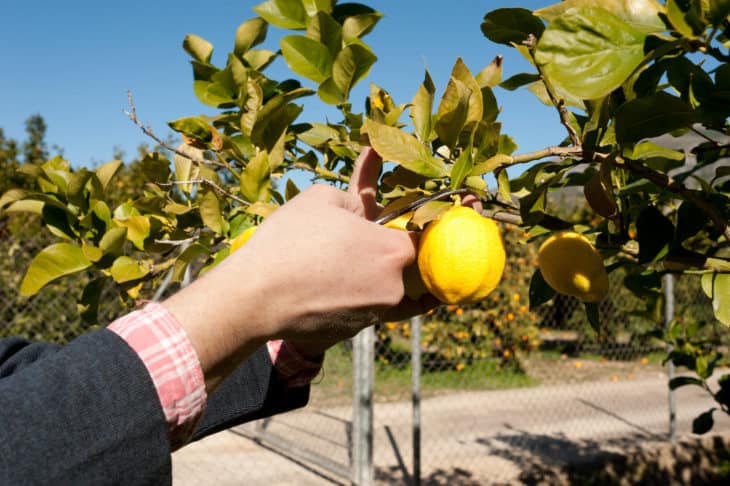
Depending on the size of your lemon tree, you might need to use a ladder to harvest the lemons that are higher in the tree. A lemon tree can produce anything from 50 to 1500 lemons each year. If you wish to increase your lemon tree’s yield, prune the lemon tree before spring. Doing so will encourage the lemon tree to produce more blossoms.
Once you have harvested your lemons, they are ready to be used or stored.
How To Store Lemons After Harvesting Them
If you store your lemons on the counter in a bowl, they will last for about a week. To make them last longer, you can store your lemons in the refrigerator. When stored in the fridge, lemons can last for two or three weeks. You can keep them in a zip-loc bag in the refrigerator to help prevent mold from growing on the lemons.
If you harvest too many lemons to use them all before they go bad, you can also freeze the zest and juice of lemons. Unfortunately, you cannot freeze a whole lemon.
Instead, you can wash the lemon and then remove the zest. The zest can be spread out onto a baking tray and frozen for an hour. After that, you can place the zest in an airtight bag and keep it in the freezer. Lemon zest can last for about three months in the freezer.
You can also juice your lemons and freeze the juice, either in jars or in ice cubes. Fresh lemon juice tastes much better than store-bought lemon juice. By freezing the juice from your lemons, you can have a supply of fresh lemon juice for the whole year. Lemon juice can be frozen for three months.
Lemons, lemon juice, and lemon zest can be used in many recipes. Whether you prefer sweet or savory dishes, lemons are a great addition to any meal.
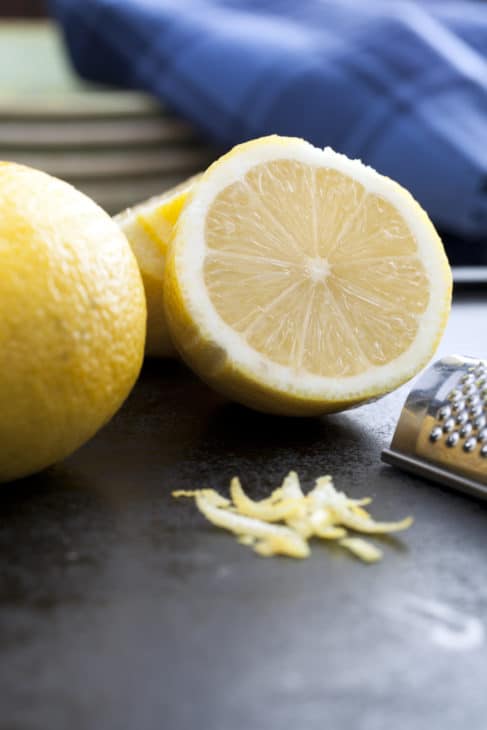
How Can You Use Lemon Zest And Lemon Juice?
Lemon juice can be used in many recipes. For example, it can make a delicious lemon meringue pie. You can also add lemon juice to a salad dressing or your water.
Lemon zest is an excellent addition to chicken and seafood dishes. It adds a sour and slightly bitter taste to anything it is added to. A little goes a long way so that you can use your lemon zest for plenty of dishes.

